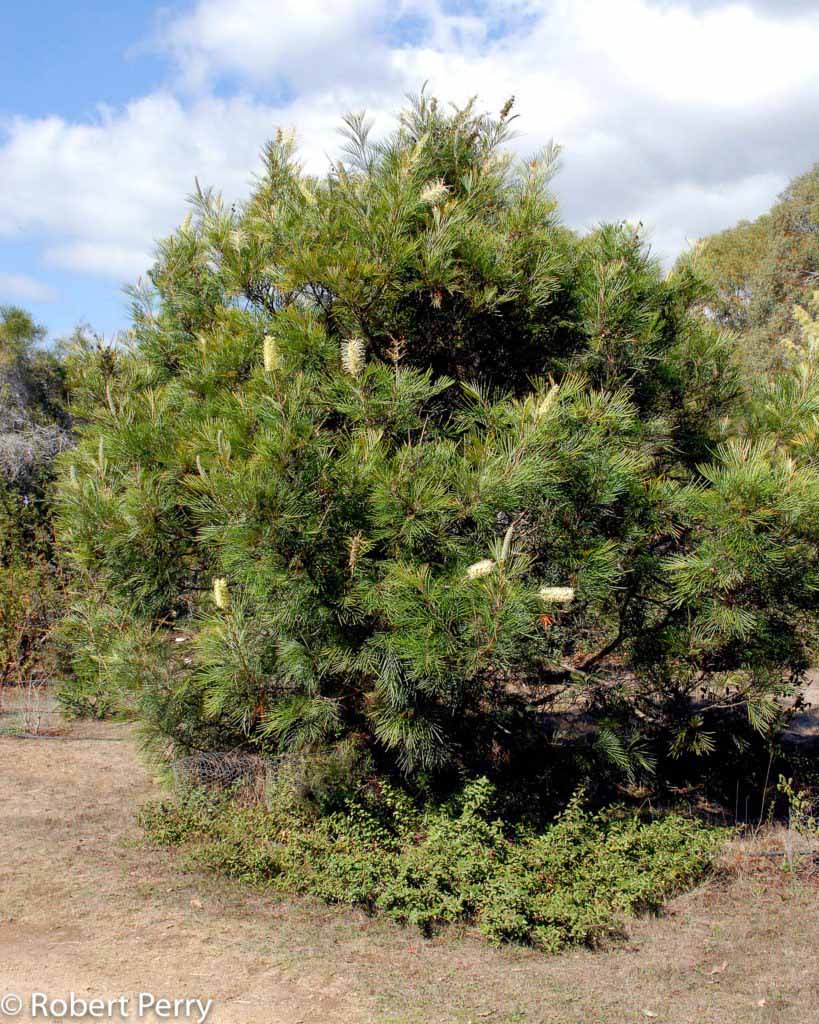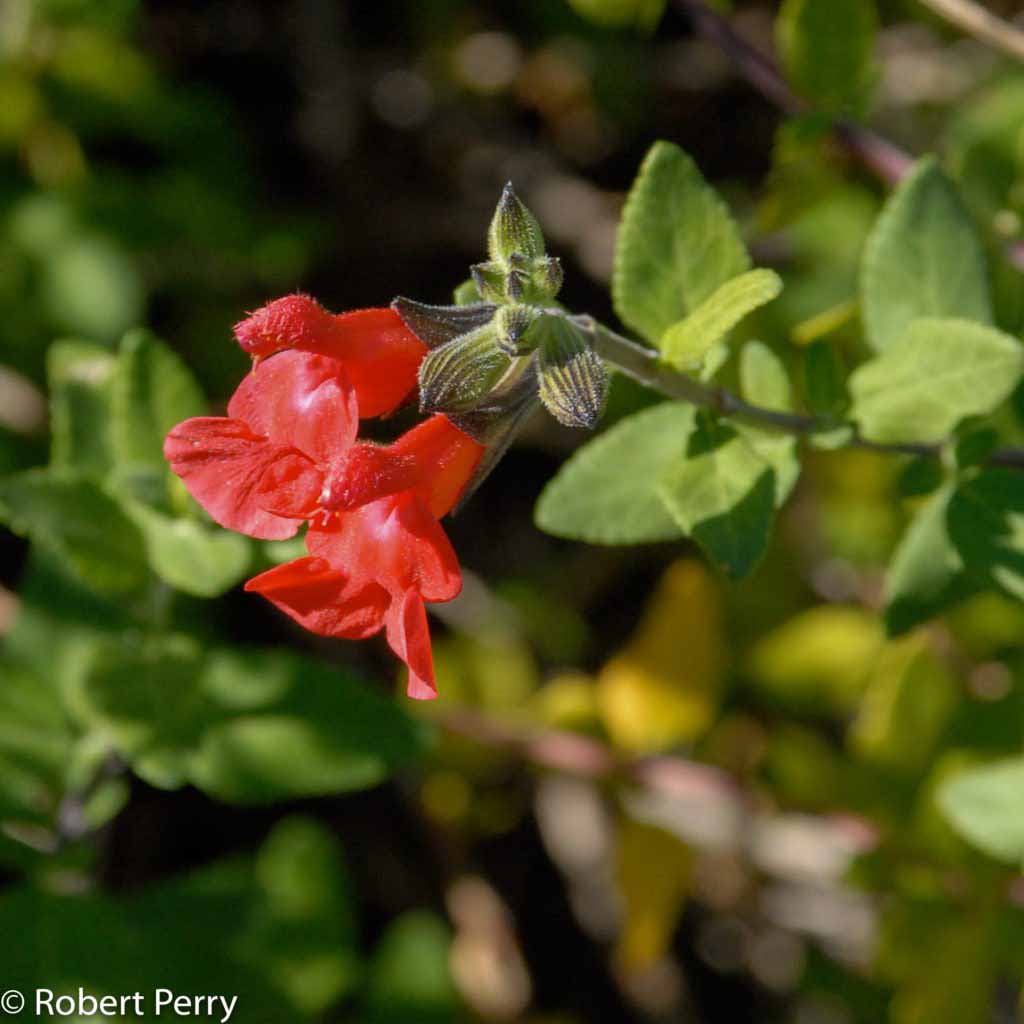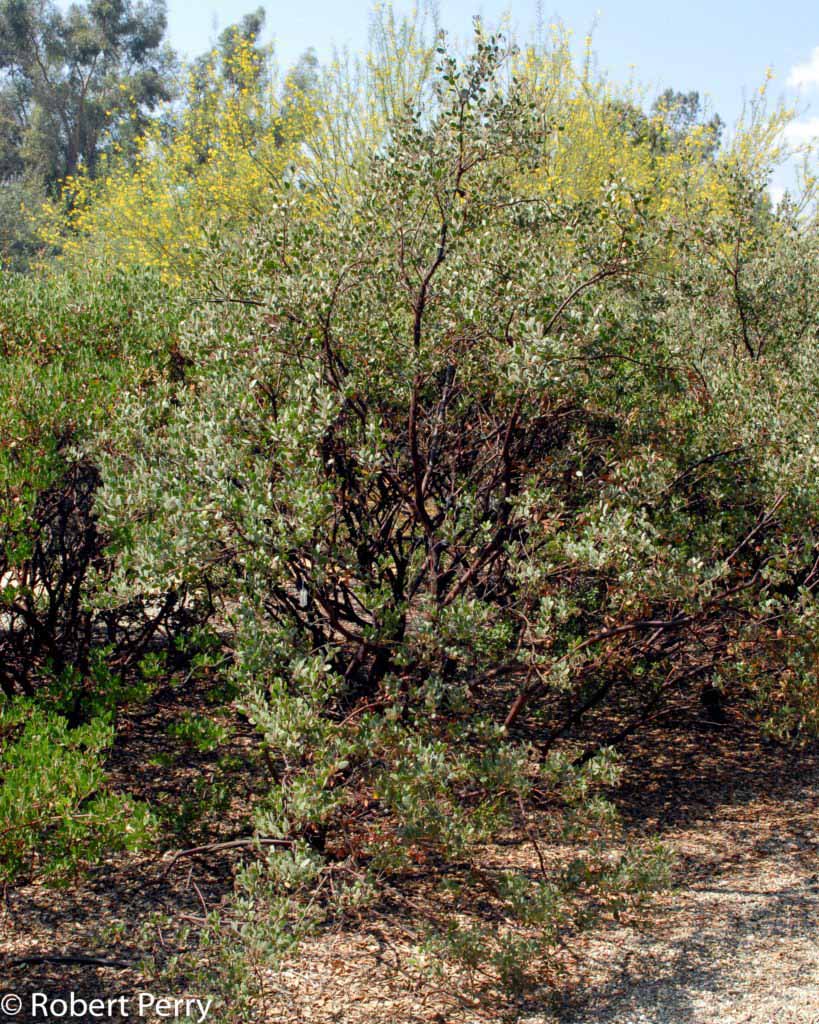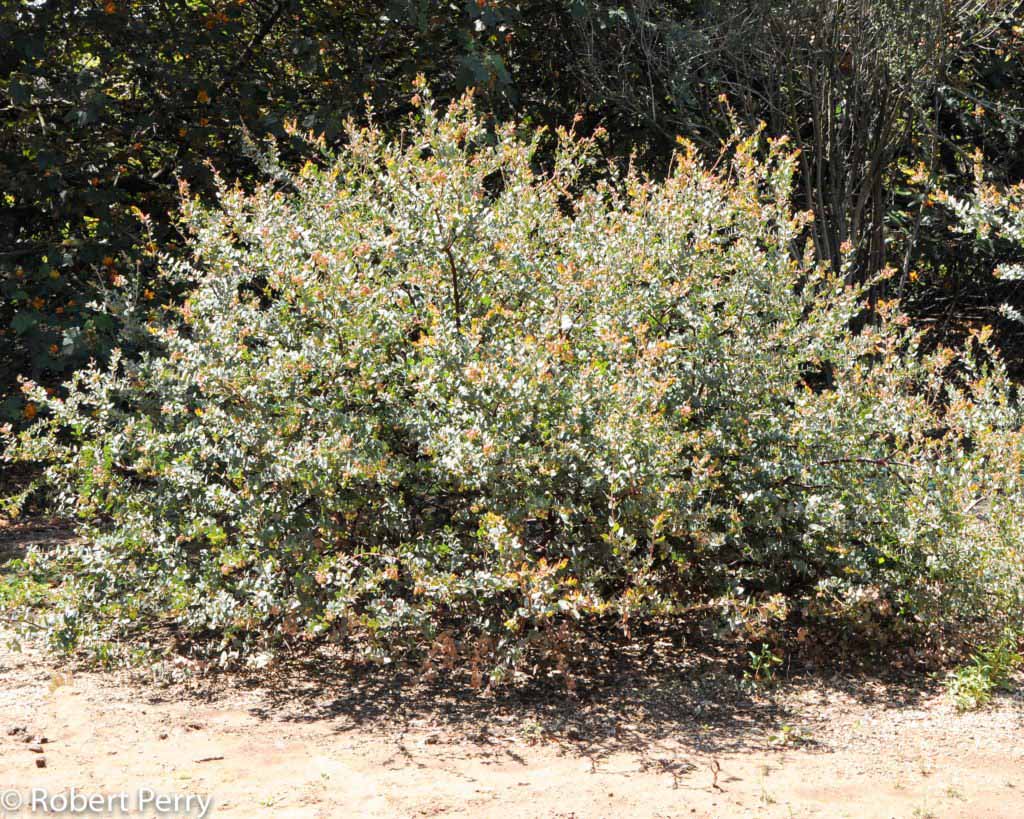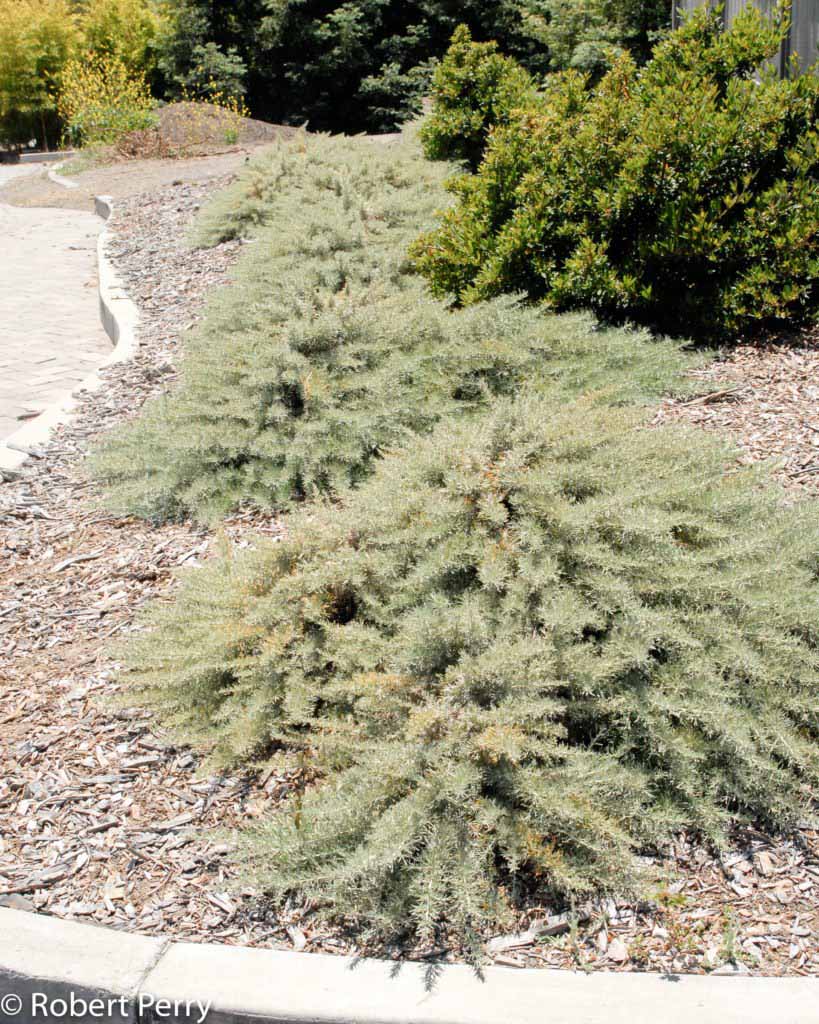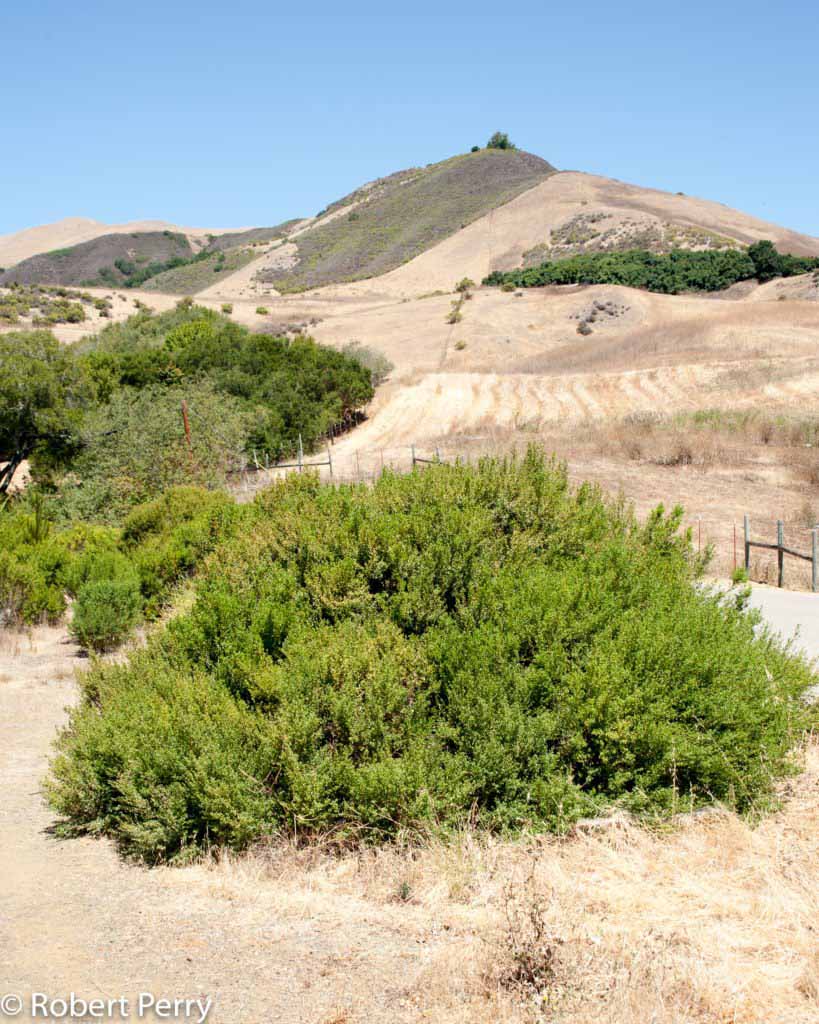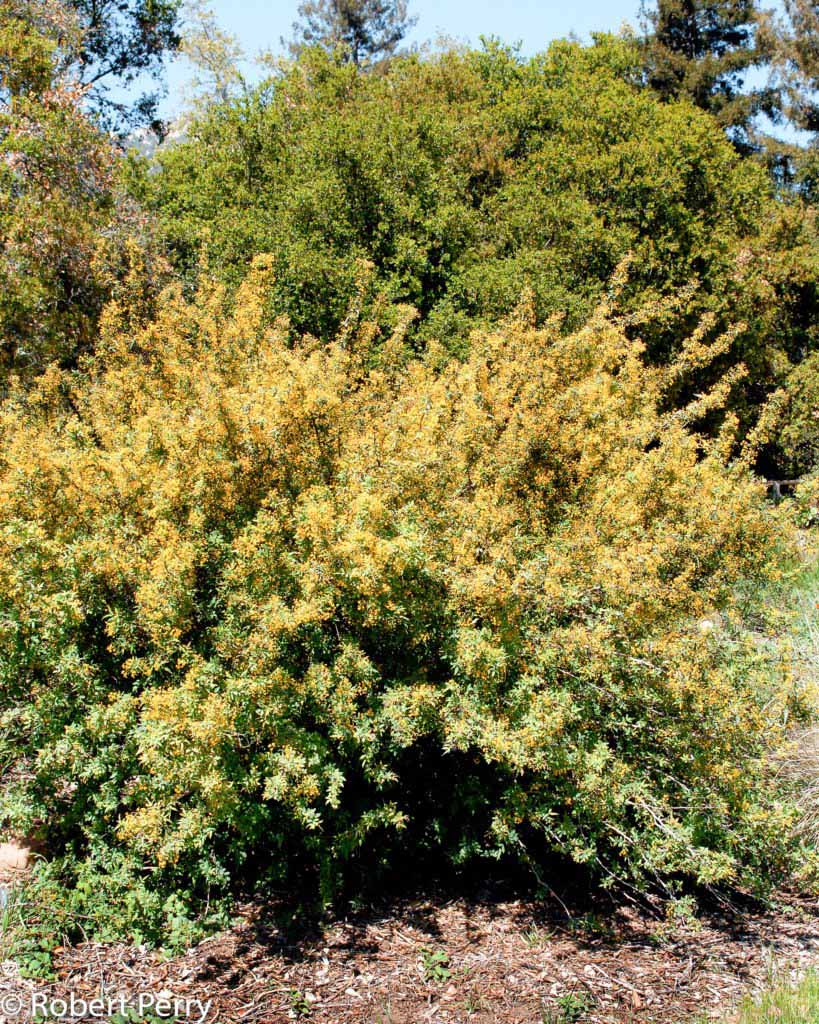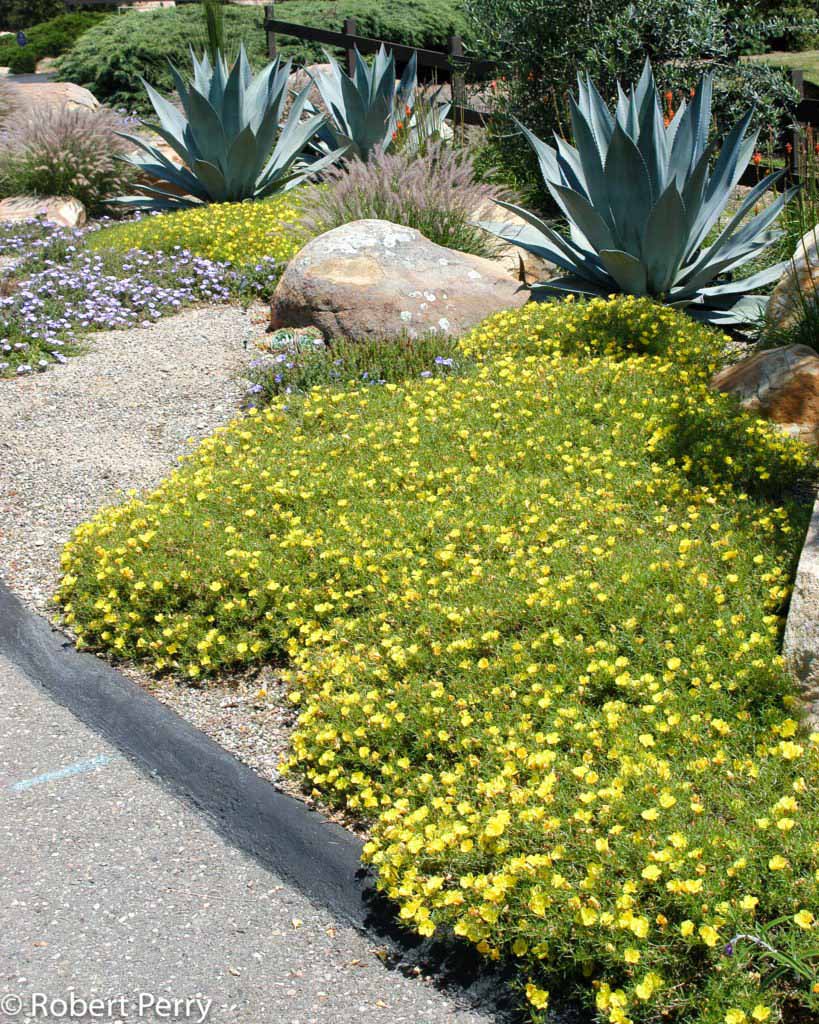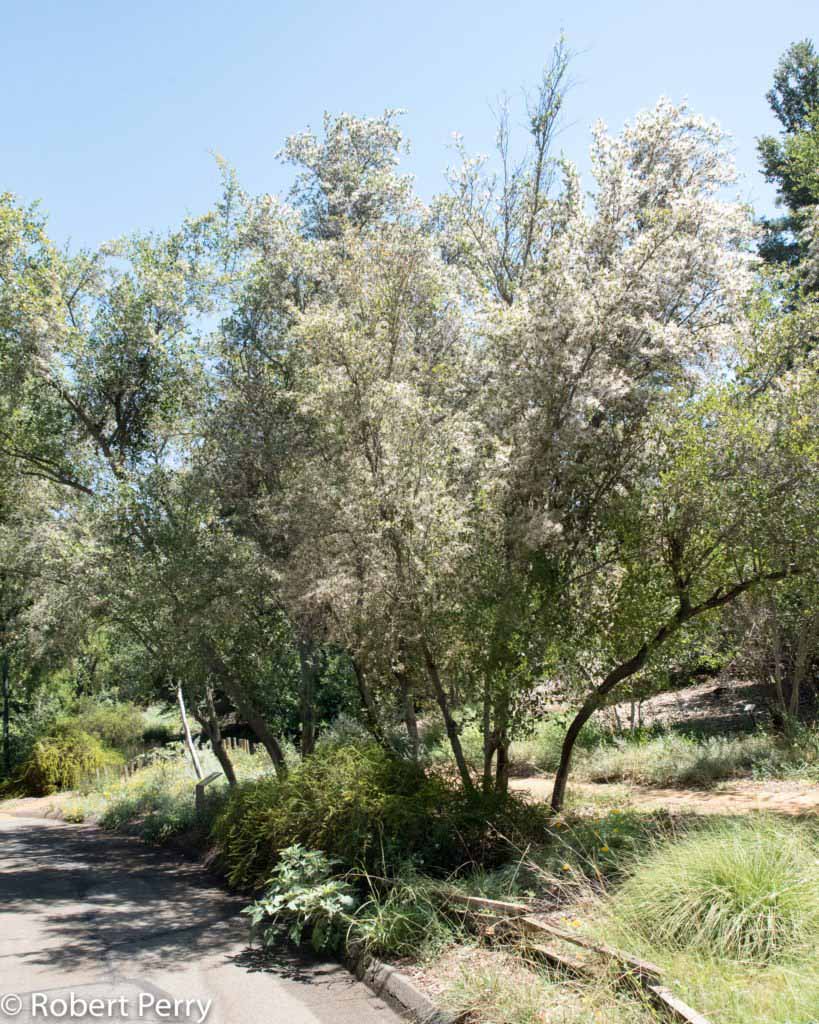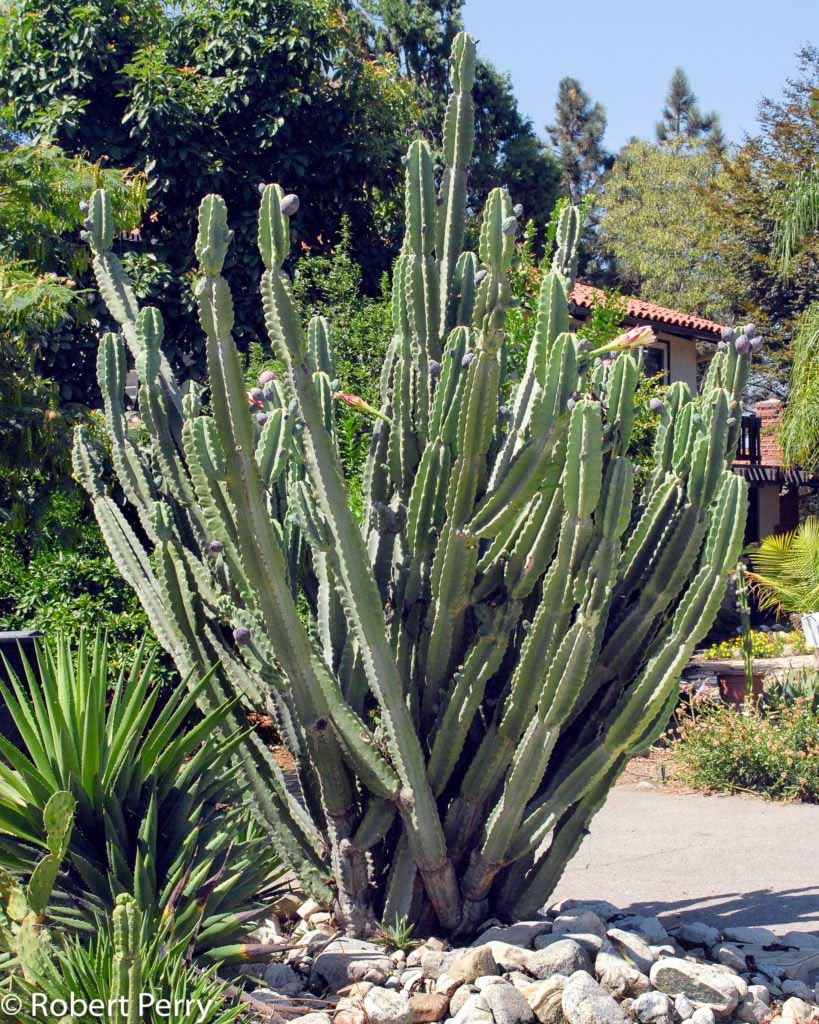Moonlight grevillea
Grevilleas are sometimes used as showy accent plants in waterwise gardens. While adapted to low water use, they primarily come from areas of acidic clay soil in their native Australia which means they can be challenging to grow in the many areas of southern California with quickly draining slightly alkaline soil. They tend to turn […]
Moonlight grevillea Read More »
